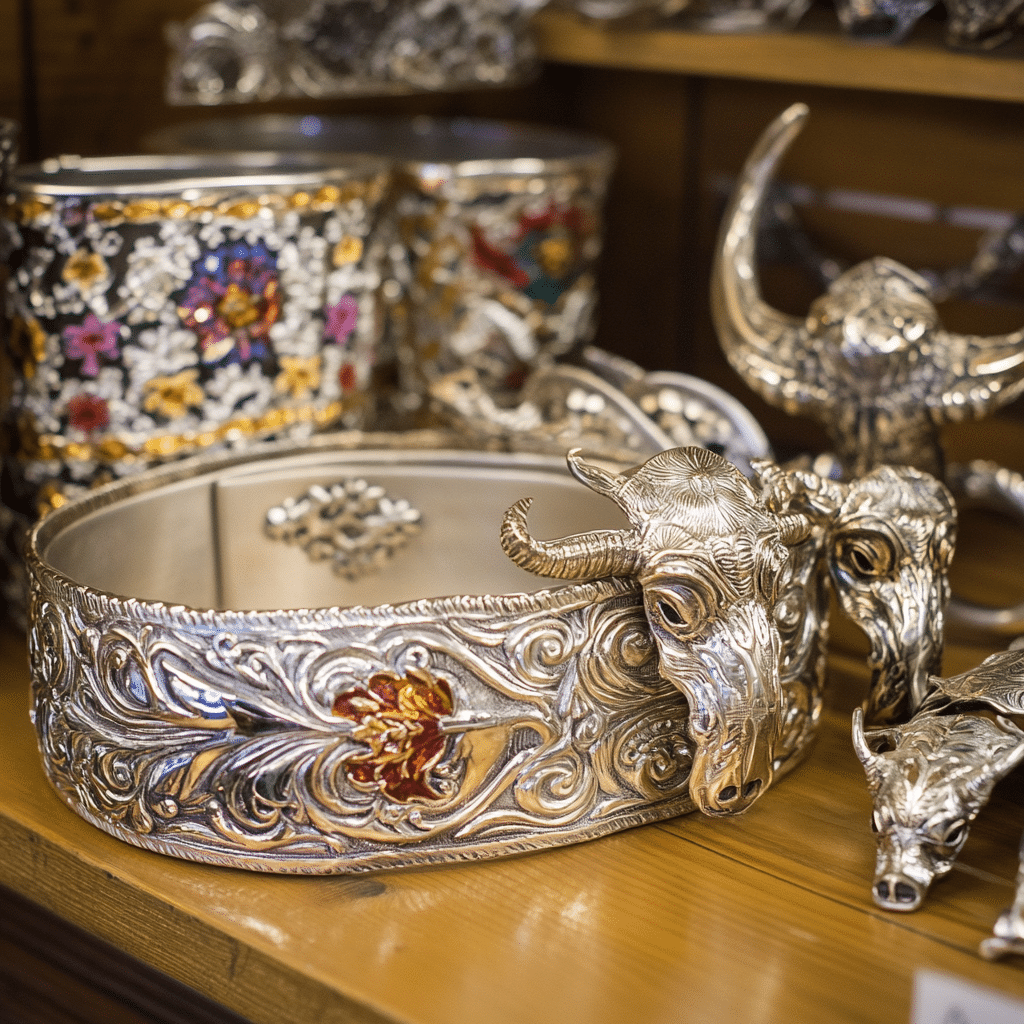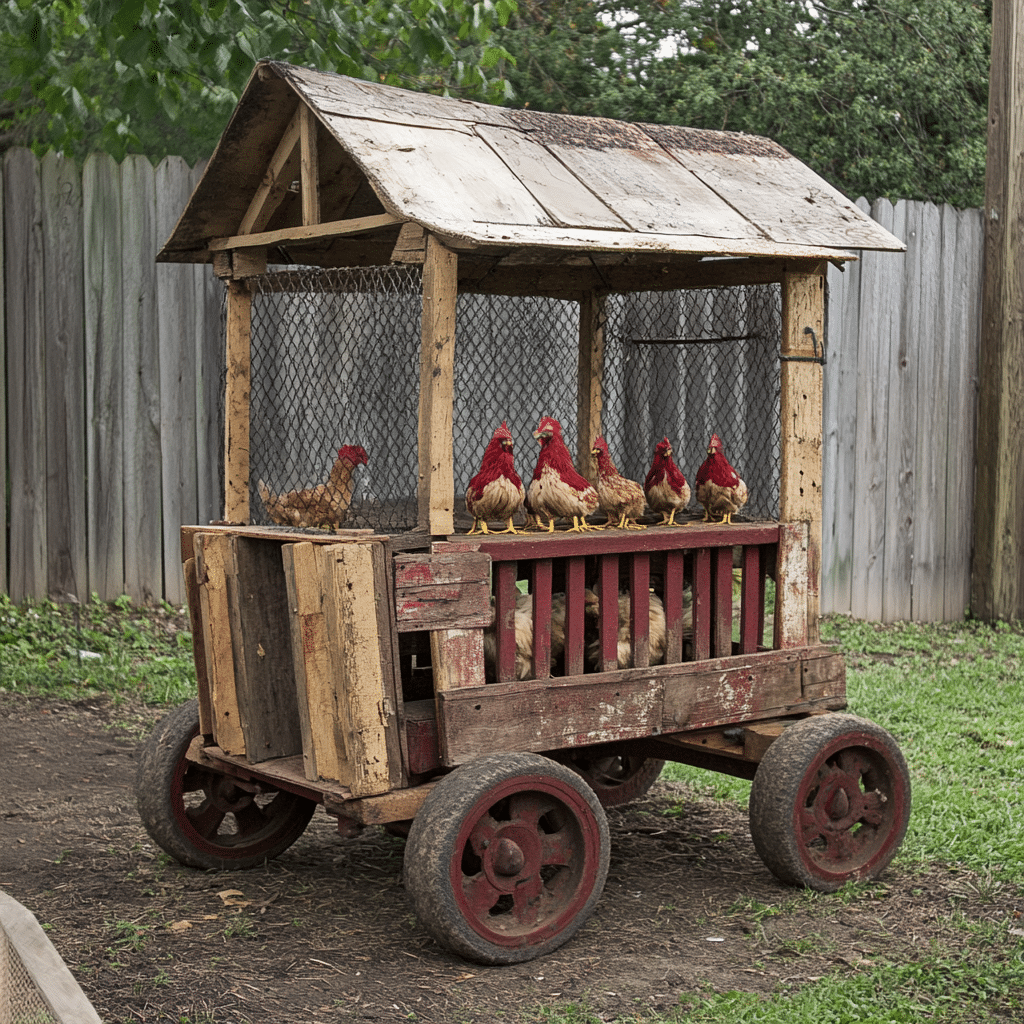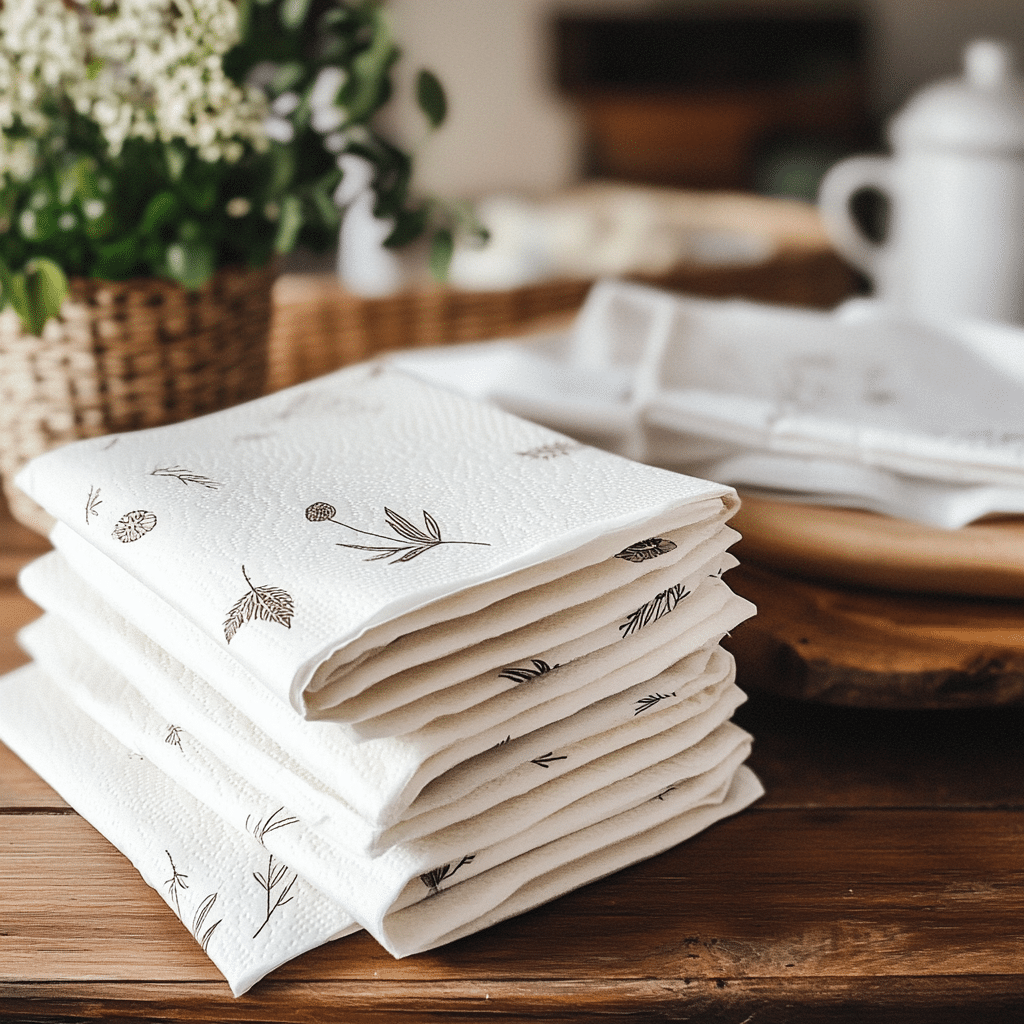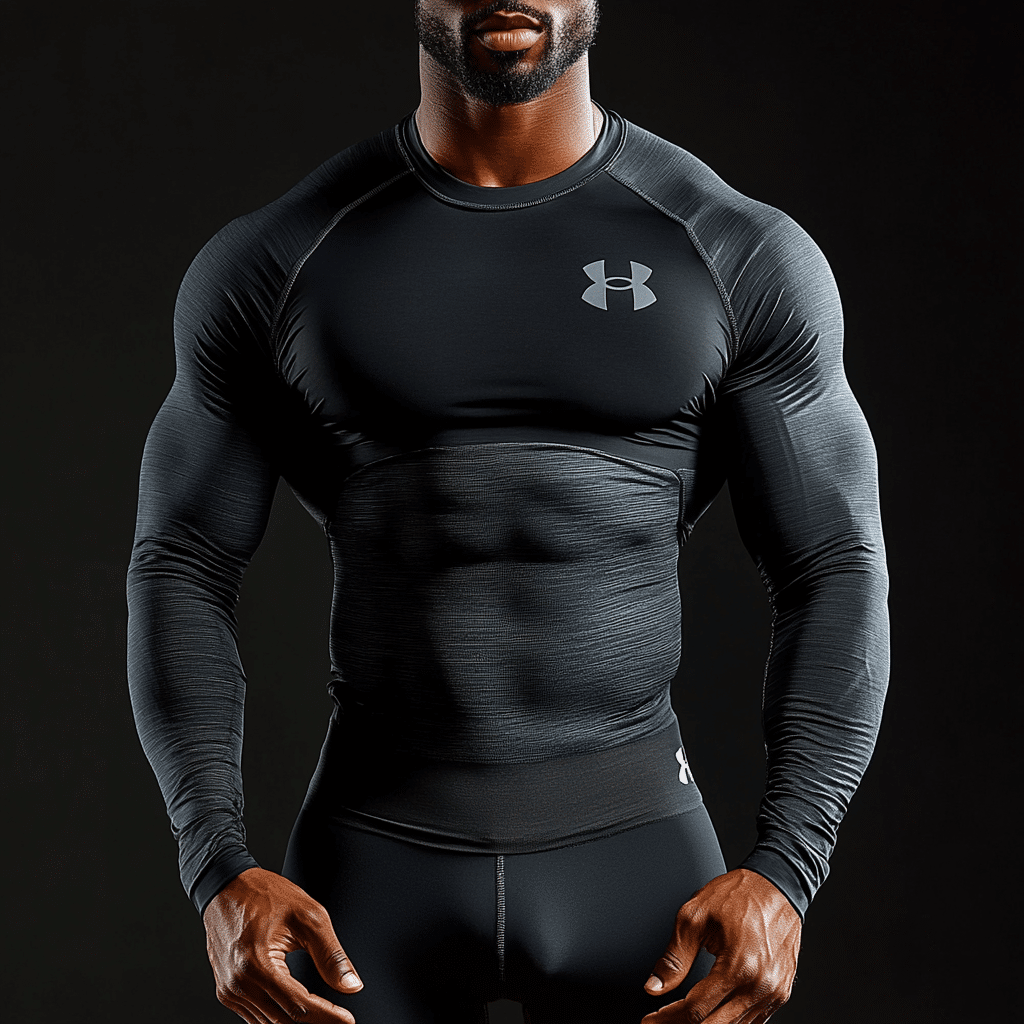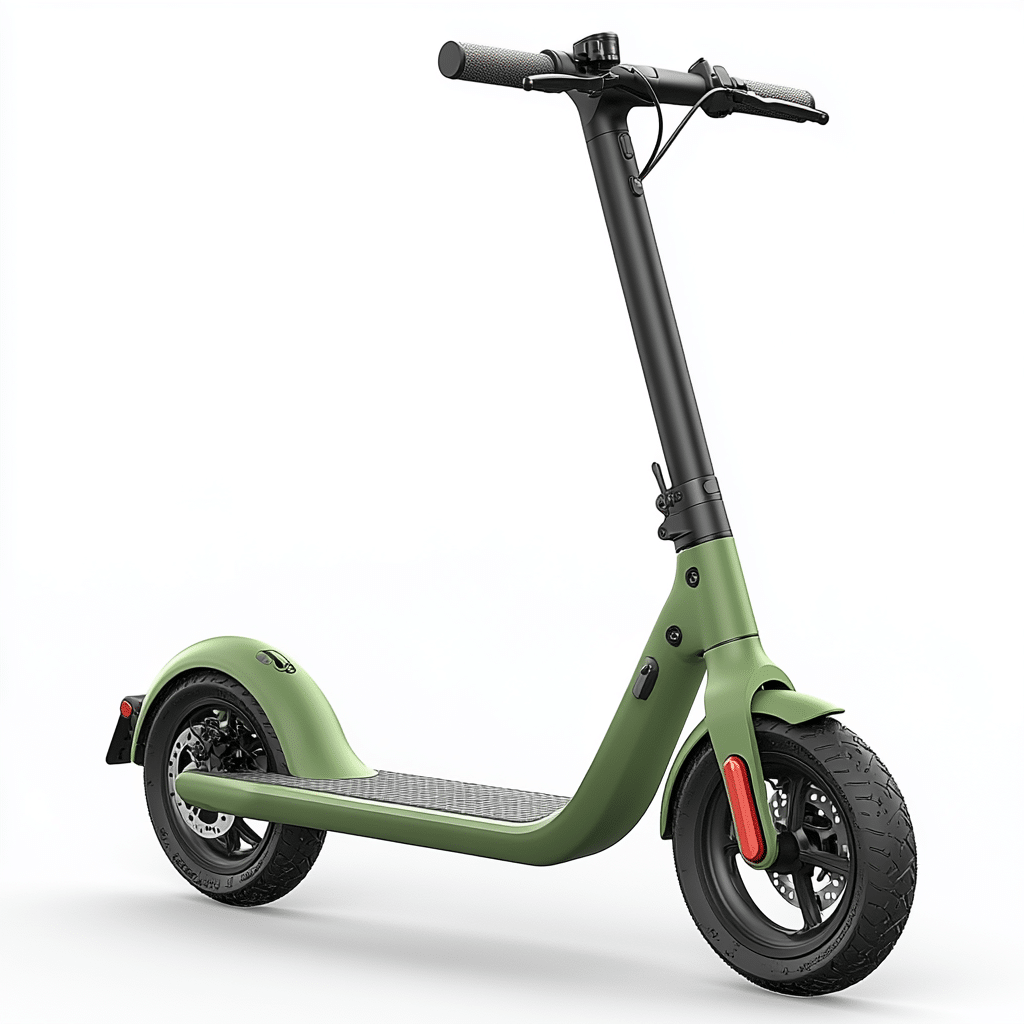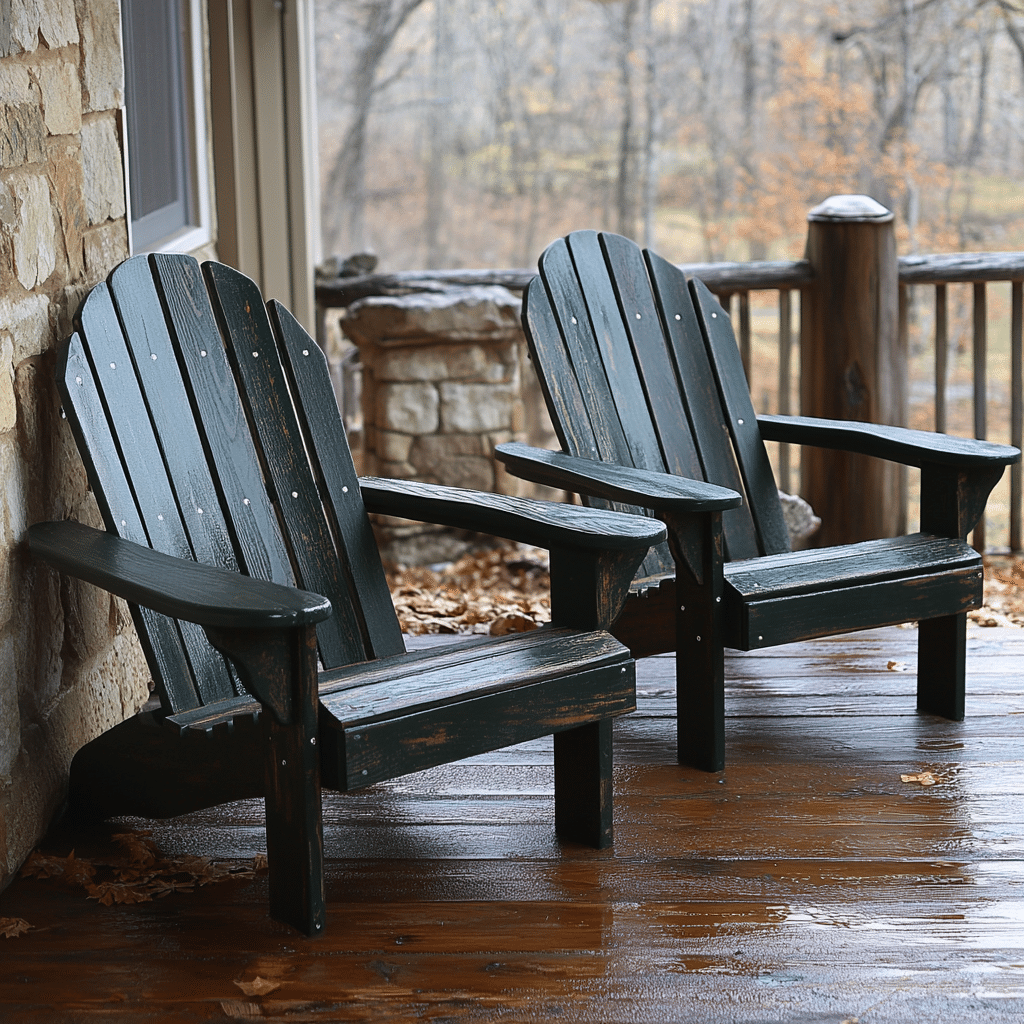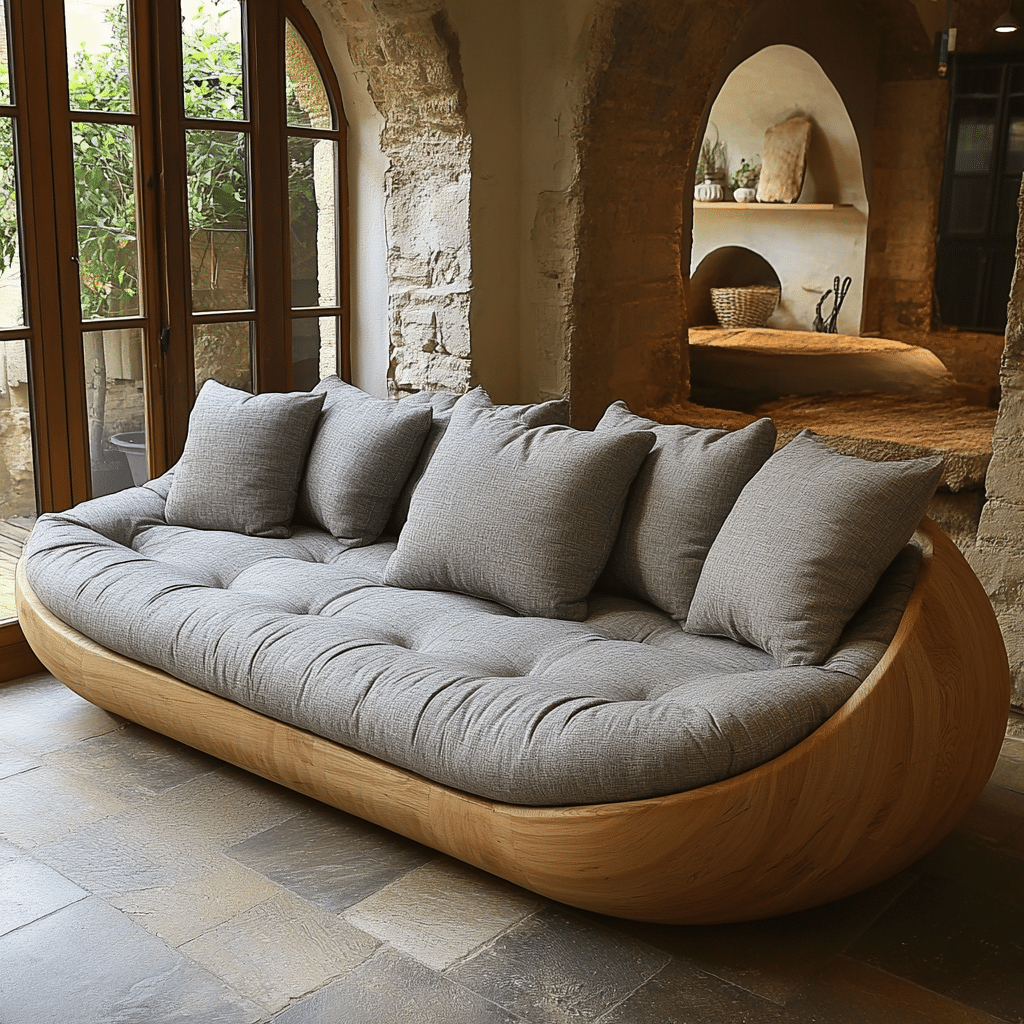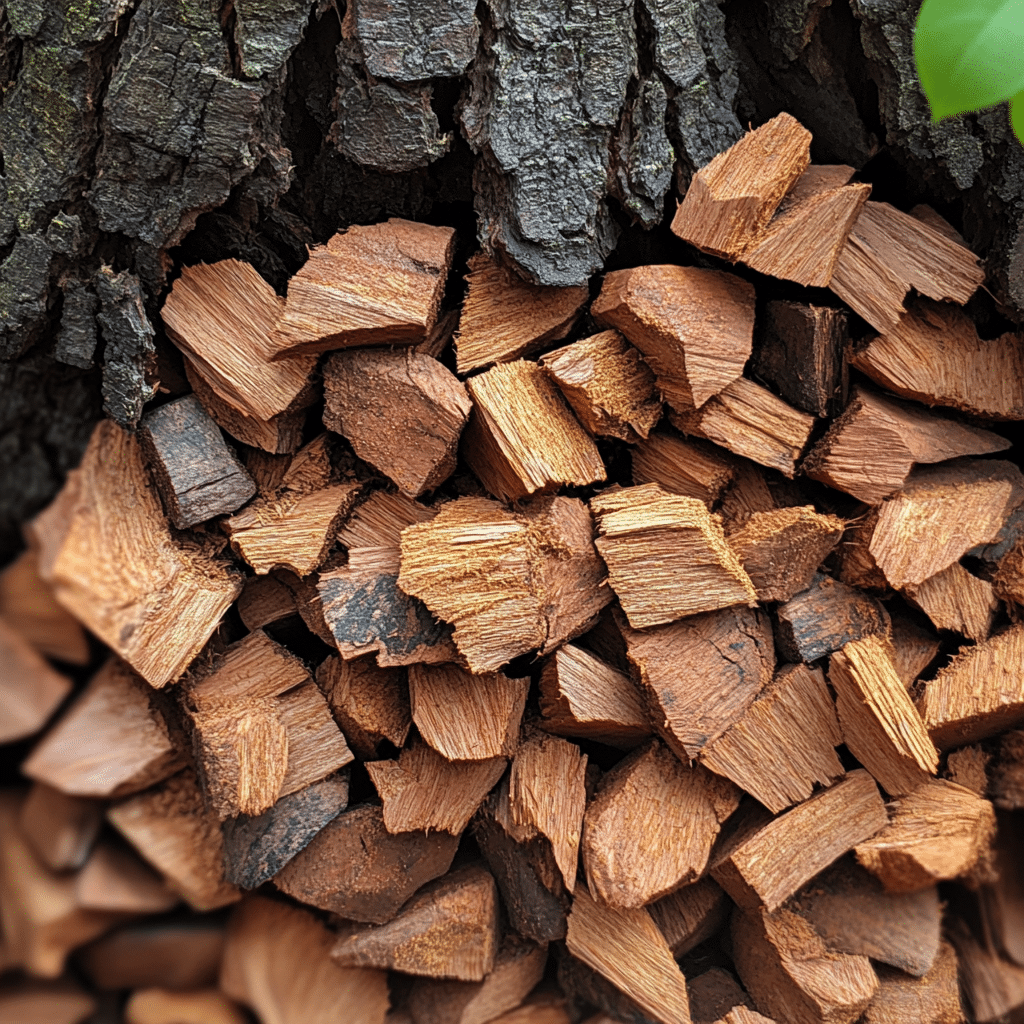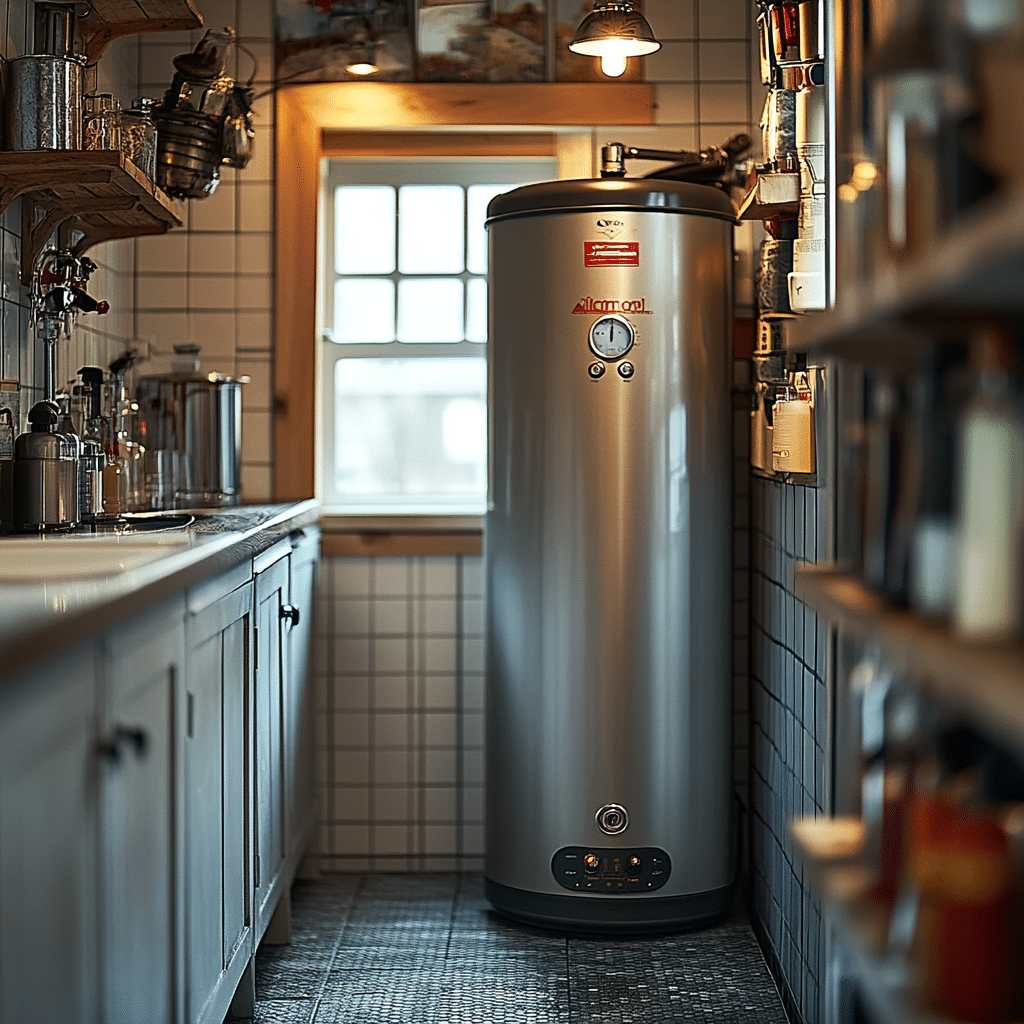As we continue to explore efficient and environmentally friendly solutions for home heating, pellets are becoming a game changer. These compressed biomass fuel sources have revolutionized how we maintain warmth throughout the winter months. They’re not simply a passing fad—pellets are quickly becoming the go-to choice for homeowners looking to reduce costs while being kind to our planet. Let’s dive deeper into how pellets are transforming home heating, their benefits, and some practical considerations for homeowners.
7 Reasons Wood Pellets are the Ideal Heating Choice in 2024
It’s hard to overstate the importance of sustainability today. Wood pellets are not only renewable, but they also produce significantly lower carbon emissions compared to traditional fossil fuels. According to the U.S. Energy Information Administration, switching to pellets can reduce your home’s carbon footprint by as much as 80%. Brands like Enviva are committed to sustainable harvesting practices, ensuring that your home heating choice is environmentally conscientious and forward-thinking.
Thinking about the wallet is a must! The cost of heating with pellets has become increasingly competitive. Current market data shows that the average price of wood pellets hovers around $230 per ton, which can give you average heating cost savings of up to 50% compared to oil heating. Companies like Stove Barn offer competitive pricing, making pellet heating accessible to a broader range of homeowners.
Homeowners appreciate efficiency, and wood pellet stoves deliver just that with impressive ratings of around 85-95%. Thanks to advanced technology in pellet stoves, they burn pellets more completely than traditional stoves ever could. Brands like Harman are setting the bar high with high-performance models that maximize heat output while minimizing emissions, making your warm evenings even cozier.
One of the most attractive features of pellet stoves is their versatility. Available in various sizes and designs, pellet stoves can fit seamlessly into any home decor. For instance, the Quadra-Fire Pellet Stove line offers both traditional and modern aesthetics. This caters to a wide range of consumer preferences, blending practicality with style.
Let’s face it—nobody wants cumbersome heating methods! Modern pellet stoves feature automated feeds and digital thermostats that rival traditional gas or electric heating systems. For instance, the Comfortbilt HP22 can maintain a constant room temperature, enhancing comfort while significantly reducing manual labor. You set it, forget it, and enjoy the warmth!
Storage doesn’t have to be a headache. Wood pellets are compact and easy to store. Typically sold in bags or bulk, homeowners can expect to stash up to a ton of pellets in a small space. To visualize storage: converting 3 quarts to cups shows that you need only 12 cups of space for that ton, making it user-friendly for tight environments.
The world of pellets is booming! The growing market has made wood pellets widely available through countless channels, from local hardware stores to online retailers. Brands like Bear Mountain and Lignetics have made obtaining quality pellets easier than ever, ensuring reliable heating throughout winter.

Understanding Conversion: Pellet Measurements Explained
Heating with pellets isn’t just about the stove; it’s crucial to have a grasp on pellet measurements to make smarter purchasing decisions. Here are some handy conversions you should know:
Understanding these conversions frees you from guesswork and ensures you can make the best decisions for your heating needs.
The Future of Heating: Innovative Developments and Trends
The future looks bright for pellets! As wood pellets gain traction, researchers and developers are hustling to explore innovative ways to elevate this heating method even further. Exciting projects focusing on developing pellets from agricultural waste, like corn stalks and wheat straw, promise to expand the variety of materials used, potentially reducing costs. Moreover, breakthroughs in ignition and burn efficiency are on the horizon, making pellet heating more appealing.
The integration of smart home technology is reshaping the industry as well. Many brands are developing stoves compatible with smart home applications. This allows homeowners the flexibility to control heating remotely through their smartphones, boosting the ease and efficiency of pellet heating.

Embracing the Transformation: Future-Proof Your Heating Strategy
Making the switch to pellet heating systems is not just practical; it’s a powerful step towards sustainability and efficiency. With the world increasingly aware of climate change, investing in a pellet stove doesn’t just bring economic and cost benefits. It positions you as a responsible homeowner, future-proofing your heating strategy.
Pellets are where the future is heading! Whether you prioritize environmental concerns, cost savings, or convenience, adopting pellet heating is a decision with lasting value for homeowners. So why not leap into this transformation? Engage with pellet heating today, and ensure your home remains warm while being kind to the planet. It’s time to embrace pellets and enjoy a cozy future!
By weaving in relatable points and breaking down the features of wood pellets, this article delivers practical insights for forward-thinking homeowners. In a world rife with options, choosing pellets means choosing a sustainable, cost-effective, and sensible solution for heating.
For those interested in diving deeper, check out resources like mortgage insurance cost and What Is Hud for more helpful information as you navigate your decision-making process. Whether you’re enjoying a day at the beach in New Smyrna or wondering how to cancel Kindle Unlimited, remember that informed choices lead to greater satisfaction.
As we evolve into the future, whether pursuing hobbies like badminton or delving into health information such as para Que Sirve la Amoxicilina, the goal remains the same: to make choices that elevate our lives.
Pellets: The Future of Home Heating
The Magic Behind Pellets
Did you know that the pellets you use for heating can also be made from unconventional materials? From compressed sawdust to agricultural byproducts, these little guys come from all sorts of sources, making them an eco-friendly option compared to traditional fuels. In fact, if you’re curious about how these materials are used creatively, you might want to check out this interesting take related to Murphy ‘s online presence. Pellets not only reduce waste but also provide an efficient heat source that keeps homes cozy.
Fun Facts to Warm Your Heart
Every age group seems to have its favorite method to stay warm: kids might prefer snuggling up with hot cocoa, while adults might opt for a reliable pellet stove. Speaking of age groups, did you know that Julia Roberts’ kids often join her in the kitchen for fun activities? Just like those family gatherings, pellets can foster a sense of togetherness by creating a warm and inviting environment at home. If you’re looking for ways to make the most out of this heating option, consider choosing a model that fits your space and needs because nothing beats a well-warmed house in winter!
An Iconic Connection
Pellets aren’t just functional; they bring a level of nostalgia to many. Just like how certain sports or hobbies can evoke great memories—think of playing badminton with friends or family, similar to your favorite badminton racket. The feeling of warmth and comfort that comes from using pellets may even remind you of simpler times, making your heating choice not just practical but emotionally resonant too. So, whether you’re huddled up with loved ones or reliving old memories, pellets make those moments even better.
In conclusion, as you cozy up this winter, remember that pellets aren’t just a power-packed way to heat your home; they also weave together stories and shared experiences, much like the journey of Harold Mitchell in his mission to help others. So, let’s embrace the warmth and keep those stories alive!

What are pellets?
Pellets are small, compressed sticks made from renewable materials, mainly recycled wood waste. They’re known for being a clean-burning and efficient fuel option for heating.
What is pellet used for?
Pellets can be used for various purposes, including heating homes, generating power, and cooking. Their high density and low moisture content make them an efficient energy source.
How long does a 40 lb bag of pellets last in a pellet stove?
A 40-lb bag of pellets typically lasts about 24 hours in a pellet stove, but how long it lasts can vary based on usage and the outdoor temperature. A winter supply usually consists of 100 to 150 bags.
Are pellets FDA approved?
Currently, no estrogen pellets are FDA-approved in the United States; they’re made by compounding pharmacies, which create customized medications that aren’t available commercially.
What are pellet drugs?
Pellet drugs are customized medications that compounding pharmacies create to meet specific patient needs. They may not be FDA-approved and can differ from standard medications.
What birds throw up pellets?
Some birds, like owls, throw up pellets, which are undigested parts of their food, including bones and feathers. This helps them get rid of what they can’t digest.
What pellets are best for?
The best pellets are usually those made from high-quality materials, with lower moisture content for better combustion efficiency when used in stoves and heating devices.
What is a disadvantage of pellet?
A disadvantage of pellets is that they require a specific storage space and must be kept dry to maintain their burning efficiency, which can be a hassle for some.
What is a pallet form of drugs?
Pallets of drugs refer to large quantities of medication or medical supplies packaged and stored together, often used for distribution in healthcare settings.
Is it cheaper to burn wood or pellets?
Generally, burning pellets can be more cost-effective than burning wood, especially when considering the efficiency and lower emissions of pellets.
Can I run my pellet stove 24/7?
Yes, you can run your pellet stove 24/7, but it’s a good idea to monitor it regularly and maintain it properly to ensure safe operation.
How much does a ton of pellets cost?
The cost of a ton of pellets can vary widely but usually ranges from $200 to $300, depending on quality and region.
How are pellets inserted?
Pellets are typically inserted by a healthcare professional into specific areas, such as under the skin, to release medication slowly over time.
How long does it take for pellets to start working?
It usually takes a few days to a week for pellets to start working, but the exact time can depend on the individual and the medication involved.
How much do BioTE pellets cost?
BioTE pellets generally cost between $300 and $500 for a supply, depending on the specific treatment and dosage.
What can a pellet tell you?
A pellet can reveal information about what an owl has been eating by showing the undigested remains of its prey, like bones and feathers.
What is a pellet gun used for?
A pellet gun is typically used for target shooting and small game hunting. It fires pellets instead of traditional bullets, making it quieter and often less damaging.
What are the pros and cons of pellet bedding?
Pellet bedding has pros like low dust and high absorbency, but cons include the possibility of pellets breaking down into sawdust and needing regular changing.
Why do we need pellets?
Pellets are important because they provide a renewable, efficient heating source that helps reduce reliance on fossil fuels and lowers carbon emissions.
What are smoking pellets for?
Smoking pellets are used in grilling and smoking to add flavor to meats and other foods. Different types of wood pellets can impart unique flavors to the final dish.
Are pellets healthier than seeds?
Pellets are often considered healthier than seeds because they’re generally lower in fat and can provide a more balanced nutrient profile for many birds.
What are deer pellets?
Deer pellets refer to the feces of deer, which can be useful for tracking and studying deer habits and health in wildlife management.
What are pellets from owls?
Pellets from owls are the pellets they regurgitate, which consist of undigested parts of their prey, providing insights into their diet and prey species in their environment.



